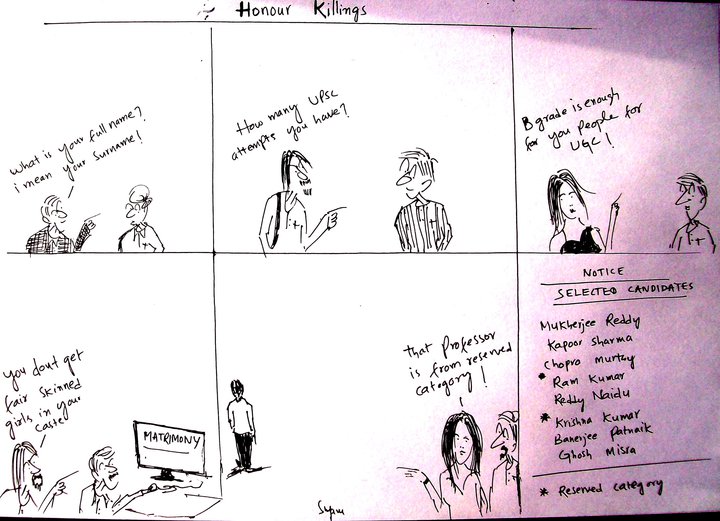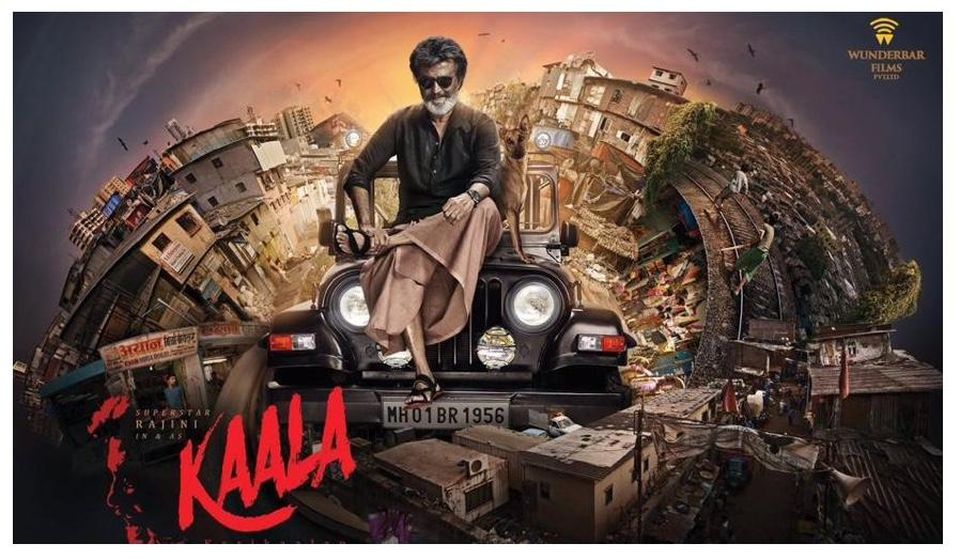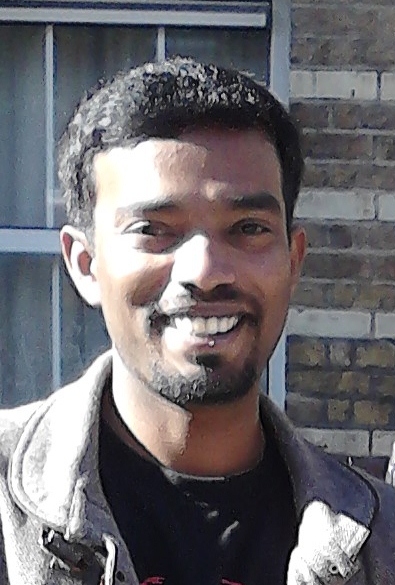Jyotsna Siddharth
 Today’s status quo bites me. The upper-caste, upper class, elitism in feminism, the hypocritical pretension about issues and a bit of everything is disturbing. I would not have come up with this piece if I did not have the opportunity to attend an event recently in Delhi and would like to thank Zubaan for such a thought provoking event that gave me a push to reflect on contemporary feminist politics and where it’s heading.
Today’s status quo bites me. The upper-caste, upper class, elitism in feminism, the hypocritical pretension about issues and a bit of everything is disturbing. I would not have come up with this piece if I did not have the opportunity to attend an event recently in Delhi and would like to thank Zubaan for such a thought provoking event that gave me a push to reflect on contemporary feminist politics and where it’s heading.
The event was part of a series called Zubaan Talkies, the specific instalment ‘Take 5: Why did the Feminist Cross the road?‘ held at The Attic in Connaught Place. I went there for two reasons: a) firstly I wanted to talk about the cartoon that was imprinted on their invite which I found anti-feminist and trivialising a serious issue b) and secondly for the simple fact that it was a Zubaan event and I wanted to see what happens there. I also wanted to know why the feminist crossed the road, as there were many old flavours of the feminist movement still present with some new emerging feminists trying to build their space in the movement. Not expecting to have received a fixed, final response, I was disappointed that it failed to provide any thought-provoking responses.
 Courtesy: Zubaan
Courtesy: Zubaan
To begin with, the cartoon depicts a naked woman sitting on top of a naked man who is lying, uninterested in her, on the bed and reading a newspaper. One can see two thought bubbles around the woman saying “All right I am on top” and another one says “Now what”! What the hell does the cartoon signify? The woman on top looks quite exasperated while her partner is least concerned, engrossed in a newspaper. What does it tell us about feminist politics? One reading of the cartoon could be that women only care to be on top and it doesn’t matter what follows, which is far from being a feminist reading. Another reading could be that now that she has conquered the top position she does not know what to do, which is silly. And finally, it trivialises a certain moment in the history of Western feminism when women were making a claim on their bodies and on sexual pleasure and on demanding sexual positions different from the missionary one which this cartoon was mocking.
Nevertheless significant number of people turned up and none of them appeared to have a problem with the cartoon. The talkies began with an advertisement of Fair and Lovely where it was shown that a priest with his dark-skinned daughter enters a modern beauty company thinking it to be a temple. Once they figure they are at the wrong place, they start to move out and at that moment the woman at the reception says, “Aise Ladkiyon ko sundar banana hai to Vedo ke zamane mein nahi reh sakte.” The father being hurt, goes back to his house and digs into his treasure box of herbs. He finally comes up with a solution that transforms his daughter into a “fairy” (who is obviously white, have you ever seen a dark fairy!!). They discussed the hierarchy within complexions and that ‘white’ is the ultimate desired skin colour. Aren’t we already aware that India is a racist, sexist, casteist, classist, homophobic country? So why are we so surprised at the ridiculousness of Fair and Lovely? The point here is not the advertisement that most of us have grown watching since childhood. The point is: how long are we going to base our discussions on old schools? Have we run out of issues to ponder on? Are we clueless about which direction to head?
This is not to say we do not need critical analysis of media texts. There is a serious need to be critical about everything we watch on television from news to movies, commercials to songs, cartoons to reality shows. However, one observes a lack of conviction to place it in the contexts of marginalised. Why are caste concerns not pictured in these fancy events? Why does talking about caste make us so uncomfortable, especially in these glamorous, elite events where no one wants to bring up any insight remotely linked to caste? It seems like we are already living in a dream world where you leave caste at the doorstep the moment you step into an air-conditioned mall, a fancy restaurant or elite discussion tables!
In fact, caste, class and gender privilege do not only get reflected in the kind of clothes we wear but the ones we don’t, not only in the vocabulary we use but the vocabulary we don’t or the food we will not eat due to our position in a particular caste. Thus, it looks cool to appear a certain kind, speak a certain kind of language, and live in the ‘ideal’ world where caste is non-existent. We talk about all issues from poverty to special economic zones, history to geography — why not caste, class, privilege? Why have we repeatedly failed to talk about caste complexities? It definitely says something about our position with respect to the existing caste system in India. As the gravity of caste affects all of us in different ways, why its eradication is considered the “liability” of the marginalised alone? After all, the push needs to be from both ends to mitigate the disease that has corrupted our society for many generations. I wonder whether it is ever going to happen if the “resourceful, educated and political mass” fails to prioritise the issues of caste, class and gender privilege.
Zubaan’s feminist conception and practice is highly problematic where it is glamorous to talk about only body and sex without understanding the nuances and its intertwined nature with other significant issues of caste discrimination, homelessness, violence, poverty and conflict situations. Zubaan clearly targets only the upper class and upper caste in Delhi and that is shameful for a so-called feminist press.
Zubaan being the oldest feminist publication house has published several interesting books on women’s issues in the past and continues to do so. It is a platform which caters to and is quite popular amongst the intelligentsia from all over the country and abroad. It is a publication house people look up to and regularly follow. It is, therefore, disturbing to see that such a feminist publication house which has a significant fan following and supports an ideology fails to bring in caste, class and gender privilege into their regular discussions.
The stand ups done by Anita Roy and Gautam Bhan were flat and uninteresting except to a highly privileged and South Delhi in-crowd. The stand up by Anita Roy gets ten on ten on confidence, choice of words and style of performance. However, I could not relate with the “humour.” To be able to talk about one’s orgasm, favourite position in bed, and what would one prefer in bed is elitist. This is from the position of a large section of women, where I hail from, who fail to exercise “choice” in terms of whom they want to have sex with and do not. Along with being overworked, having persistently high levels of daily stresses and anxiety, sex is an additional source of stress. Orgasm is a failed reality for them, as most Dalit women are never asked if they are satisfied. Where they lie cold and wait for it to be finished. Repeatedly upper-caste men and their Dalit male counterparts have treated them as sex machines and it is but obvious that a machine does not have a say in how it will be used. Dalit men are as insensitive in bed as any other men, if not worse.
Official Indian crime statistics, averaged over the period 2001-2005, recorded: 27 atrocities against Dalits every day, 13 Dalits murdered every week, 5 Dalits’ homes or possessions burnt every week, 6 Dalits kidnapped or abducted every week, 3 Dalit women raped every day, 11 Dalits beaten every day, a crime committed against a Dalit every 18 minutes. It makes me extremely uncomfortable and helpless to feel that a Dalit women might be getting raped in some part of the country while we are talking orgasms.
As a dark-skinned, Dalit woman, I found some jokes to be not funny at all and some highly objectionable. The joke about people living in West Delhi, for example, played on the stereotype which immediately put South Delhi on a higher plane than the rest of the city. I had a problem because a) calling people from a certain part of the city inferior than South Delhites is not funny b) I find it difficult that anyone finds humour in such stereotypes which only lay bare class and caste biases.
The danger of today’s urban world and its so-called feminism is its complete shamelessness about its own class, caste and gender privilege. It is easier, rather convenient, to fall into a trap of conformism and conservatism. There is a need for constant self-interrogation. It is important to be conscious of one’s politics drawn from serious empirical engagement and strong theoretical grounding and Zubaan’s politics has neither. Politics coming from the air without an active engagement with either field or theory only obfuscates issues and dissolves in mindless upper class and upper caste titter.
The host thanked everyone for coming to the event and for laughing. Nevertheless, the event concluded with laughs! Were we laughing at ourselves or at others, I went home wondering as Zubaan, fittingly, did not leave any time for discussions or questions!
Jyotsna Siddharth: I am a postgraduate in Development Studies from Tata Institute of Social Sciences. Currently I am working as a gender consultant with Ministry of Rural Development. I am interested in learning about Caste, Feminism, Philosophy, Literature and Poetry.
This article is also published in Savari.










